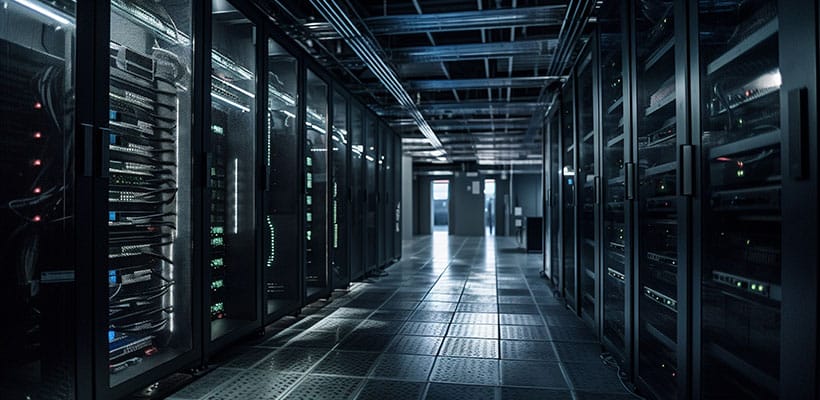Choosing the Right Hardware: A Comprehensive Overview of Workstation-Server Models
Choosing the Right Hardware: A Comprehensive Overview of Workstation-Server Models
In today’s rapidly evolving technological landscape, choosing the right hardware for your business needs is more crucial than ever. With a myriad of options available, understanding the difference between a server and workstation, and how each can enhance productivity, is essential. In this comprehensive overview, we will delve into the intricacies of various workstation-server models, shedding light on the difference between server and workstation hardware, and exploring key concepts such as Lifecycle Management, Patch Management, and Antivirus solutions. Whether you’re looking to optimize performance, ensure robust security, or plan for future expansions, this guide will help you make informed decisions tailored to your unique requirements.
Understanding Workstation-Server Models
Server and Workstation Difference
Understanding the server and workstation difference is essential for businesses aiming to optimize their IT infrastructure. Workstations are designed for individual users who require high-performance computing for tasks such as graphic design, engineering, and data analysis. They offer powerful CPUs, ample RAM, and advanced GPUs to handle intensive applications. Servers, on the other hand, are built to manage and deliver resources to multiple clients across a network. They prioritize reliability, scalability, and security, often featuring redundant power supplies, ECC memory, and robust storage solutions to ensure continuous operation. The difference between server and workstation hardware lies mainly in their intended use-cases and configurations. Knowing when to opt for a workstation vs server vs desktop setup can significantly impact your business’s productivity and cost-effectiveness. Understanding these distinctions helps in making informed decisions that align with your operational needs and long-term goals.
Choosing the Right Hardware
Selecting the appropriate hardware for your business involves evaluating your specific needs and future growth plans. Start by assessing the workloads and applications your team uses regularly. For tasks requiring high computational power, such as 3D rendering or large dataset analysis, a high-end workstation might be necessary. If your operations involve managing and storing vast amounts of data, or providing services to multiple users simultaneously, investing in a robust server is crucial. Consider factors like scalability, reliability, and security to ensure that the hardware you choose can adapt to your evolving requirements. It’s also important to think about lifecycle management and patch management to maintain the longevity and security of your investment. By understanding the demands of your business and the capabilities of different workstation-server models, you can make informed decisions that enhance productivity and efficiency.
Benefits of Lifecycle Management
Lifecycle Management is a strategic approach to overseeing the deployment, maintenance, and retirement of your hardware assets. This process ensures that your servers and workstations operate efficiently throughout their entire lifespan. One significant benefit is cost optimization, as regular monitoring and updates can prevent expensive downtime and extend the useful life of your equipment. Additionally, Lifecycle Management enhances security by ensuring that all hardware is consistently updated with the latest patches and antivirus solutions. This proactive strategy reduces the risk of vulnerabilities and cyber threats. Regular assessments and upgrades also help maintain peak performance, ensuring that your systems can handle evolving workloads and technology advancements. By implementing robust Lifecycle Management practices, businesses can maximize their return on investment, maintain compliance with industry standards, and create a more stable and secure IT environment.





